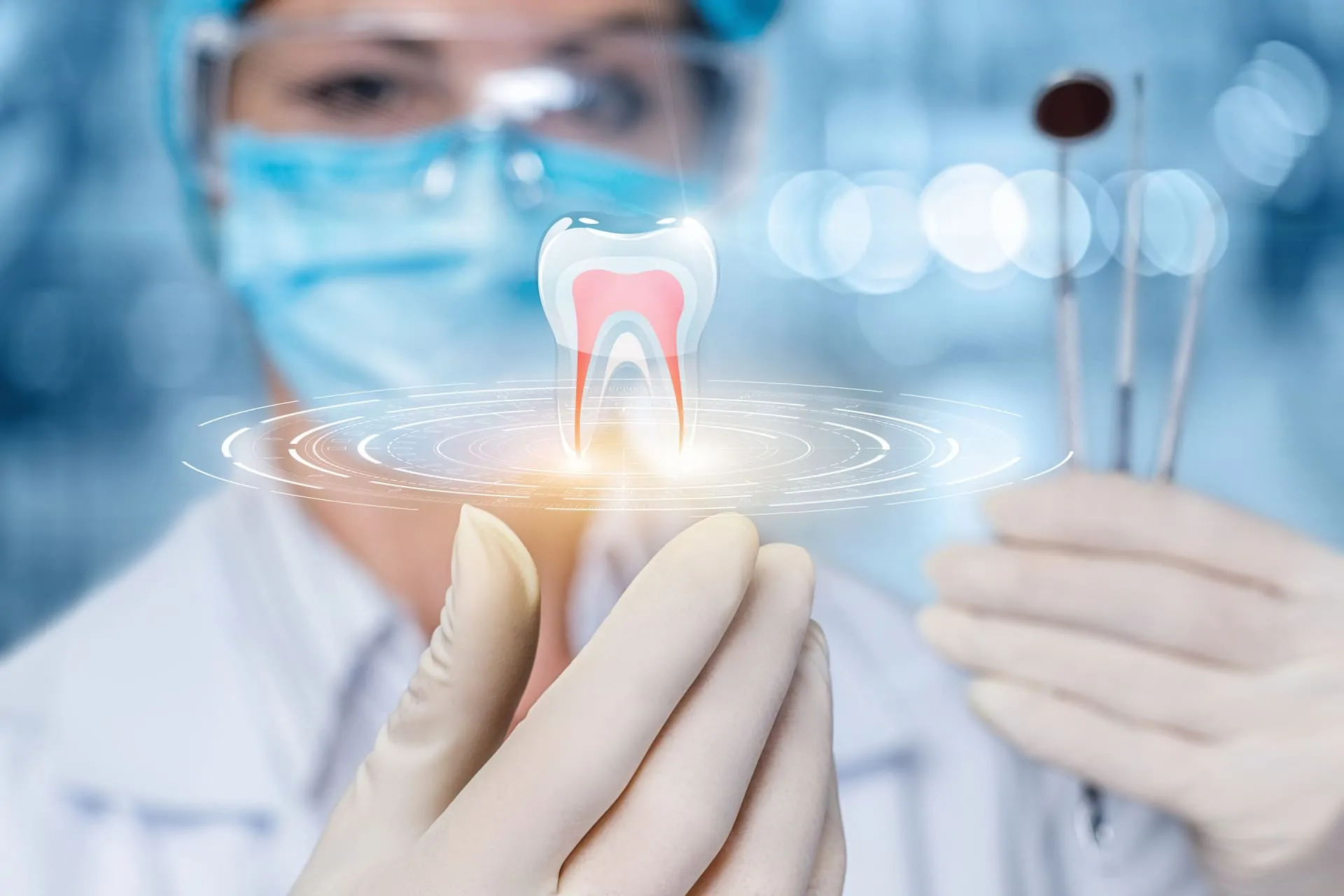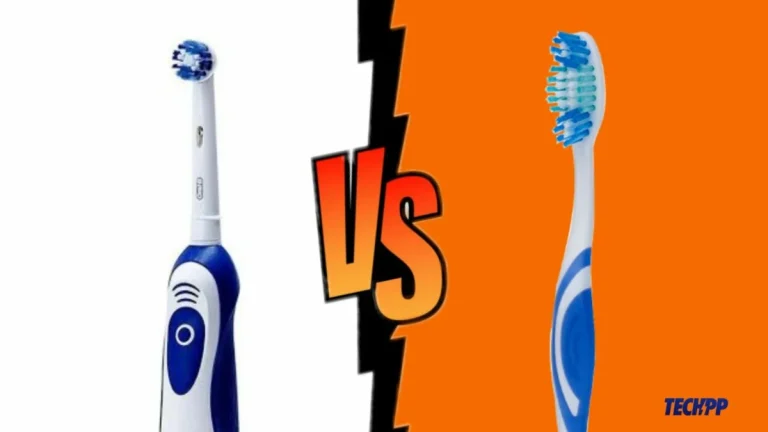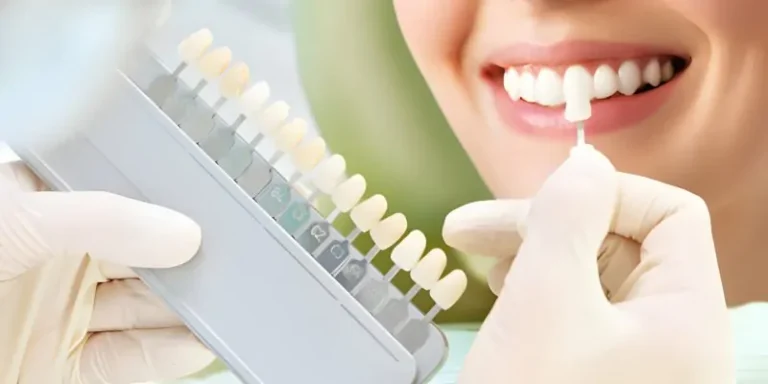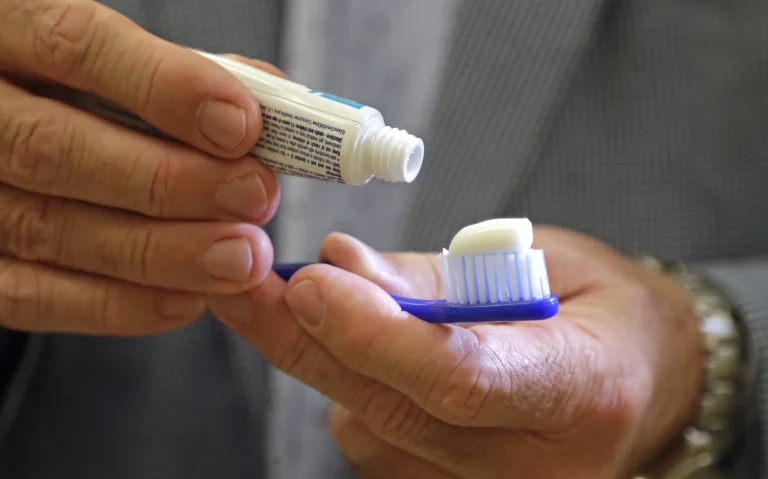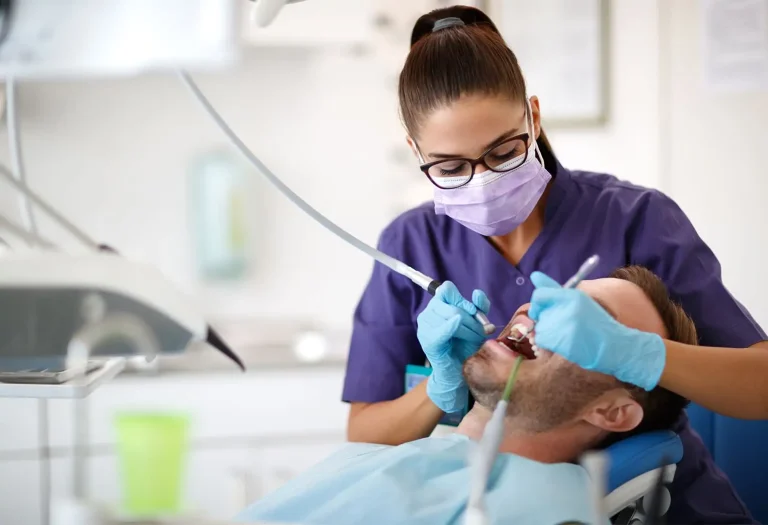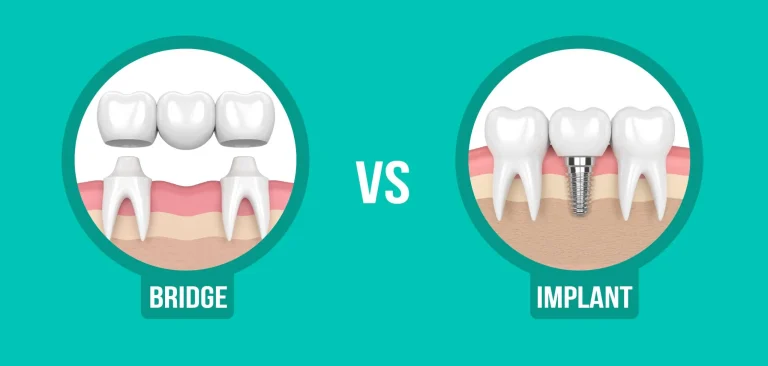The Benefits of Biocompatible Dental Materials
In recent years, the dental industry has seen a significant shift towards the use of biocompatible dental materials. These materials are designed to interact harmoniously with the human body, minimizing adverse reactions and promoting overall health. This article explores what biocompatible materials are, their advantages over traditional options, the types available, and how they address concerns about allergies and sensitivities.
What Are Biocompatible Dental Materials?
Biocompatible dental materials are substances used in dental treatments that are compatible with human tissues. They are non-toxic and non-allergenic, ensuring that they do not provoke adverse reactions when placed in the mouth. These materials are carefully selected to integrate well with the body’s natural tissues, promoting healing and enhancing patient comfort.
Key Characteristics of Biocompatible Materials:
- Non-Toxic: They do not release harmful substances into the body.
- Non-Carcinogenic: They do not induce cell mutations or cancerous growths.
- Durable: Designed to withstand the harsh conditions of the oral environment without degrading.
Advantages of Using Biocompatible Materials
The benefits of biocompatible materials extend beyond mere functionality. Here are some key advantages:
- Reduced Risk of Allergic Reactions: Traditional dental materials, particularly those containing metals, can trigger allergic reactions in sensitive individuals. Biocompatible materials significantly reduce this risk, making them a safer choice for patients with known sensitivities.
- Enhanced Oral and Overall Health: By using non-toxic materials, biocompatible dental treatments minimize the introduction of harmful substances into the body. This approach supports not only oral health but also overall well-being since the mouth is a gateway to systemic health.
- Improved Aesthetics: Many biocompatible materials, such as composite resins and ceramics, closely match the natural color of teeth, providing a more aesthetically pleasing result compared to traditional options.
- Long-Term Durability: Biocompatible materials are engineered to resist wear and corrosion, ensuring that restorations remain functional and visually appealing over time. This durability translates to fewer replacement procedures and lower long-term costs for patients].
- Environmental Considerations: The use of sustainable and non-toxic materials reflects a commitment to environmentally friendly practices within the dental industry.
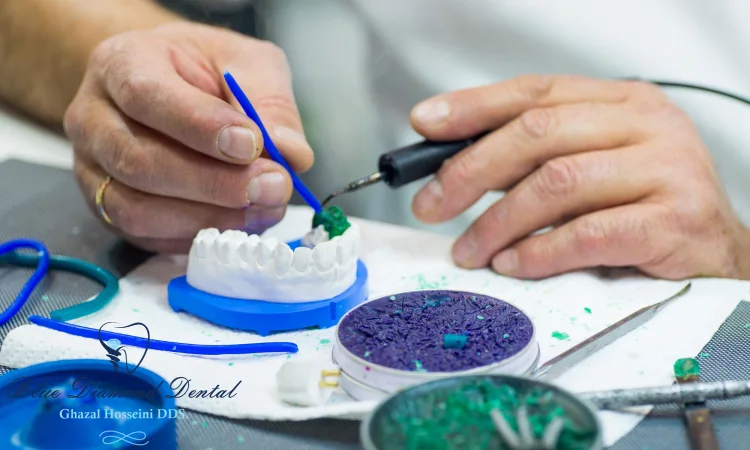
Types of Biocompatible Materials Used in Dentistry
Several types of biocompatible materials are commonly used in dental procedures:
- Ceramics: These materials are highly aesthetic and resistant to wear. They are often used for crowns and bridges due to their ability to mimic natural tooth appearance.
- Composite Resins: These tooth-colored materials are primarily used for fillings and veneers. They consist of a resin matrix combined with inorganic filler particles, providing both strength and aesthetics.
- Glass Ionomer Cements: Known for their chemical bonding properties with tooth structure, these materials release fluoride, which can help prevent decay.
- Bioactive Materials: These innovative composites actively release ions that can remineralize tooth structure and inhibit caries, representing a promising direction in biocompatibility.
Addressing Concerns About Allergies and Sensitivities
A significant concern for many patients is the potential for allergic reactions or sensitivities to dental materials. Traditional options often include metals like nickel or mercury, which can elicit adverse responses in some individuals. Biocompatible materials, however, are specifically designed to minimize these risks:
- Non-Allergenic Properties: Most biocompatible materials are formulated to be hypoallergenic, meaning they are less likely to provoke an immune response.
- Patient-Centric Approach: Dentists increasingly consider individual patient histories when selecting materials for treatment, ensuring that those with known allergies receive safe alternatives[2][3].
- Holistic Dentistry Practices: The growing trend towards holistic dentistry emphasizes using biocompatible materials as part of a broader approach that considers overall health rather than just dental symptoms.
Conclusion
The shift towards biocompatible dental materials marks a significant advancement in modern dentistry. By prioritizing patient safety and comfort through non-toxic, durable options that enhance aesthetics, these materials provide numerous benefits over traditional alternatives. As awareness grows about the importance of material compatibility with human biology, more patients may seek out treatments that align with their health values. If you’re considering dental work or have concerns about material sensitivities, consult your dentist about the advantages of biocompatible options tailored to your needs.
FAQs
What are biocompatible dental materials?
: They are non-toxic, non-allergenic substances used in dental treatments that are designed to work harmoniously with your body’s tissues, minimizing adverse reactions.
What are the key characteristics of biocompatible materials?
: They are non-toxic, non-carcinogenic, and durable enough to withstand the harsh environment in your mouth.
What is a major advantage of biocompatible materials compared to traditional ones?
: They significantly reduce the risk of allergic reactions, especially for individuals sensitive to metals often found in traditional dental materials.
How do biocompatible materials benefit overall health?
: By being non-toxic, they minimize the introduction of harmful substances into the body, supporting both oral and systemic well-being.
Do biocompatible dental materials look natural?
: Yes, many biocompatible materials like composite resins and ceramics closely match the natural color of teeth, providing aesthetically pleasing results.
Are biocompatible dental materials durable?
: Yes, they are engineered to resist wear and corrosion, ensuring restorations remain functional and visually appealing for a long time.
What are some common types of biocompatible materials used in dentistry?
Ceramics, composite resins, glass ionomer cements, and bioactive materials are commonly used.
How do biocompatible materials address concerns about allergies and sensitivities?
They are formulated to be hypoallergenic, reducing the likelihood of provoking an immune response. Dentists also consider patient histories to select safe alternatives for those with known allergies.
What is the role of “holistic dentistry” in the use of biocompatible materials?
Holistic dentistry emphasizes using biocompatible materials as part of a broader approach that considers overall health, not just dental symptoms.
: Why should I consider biocompatible dental materials?
If you are concerned about the potential for allergic reactions, material sensitivities, or prioritize your overall health and well-being, biocompatible materials are an excellent option to discuss with your dentist.

